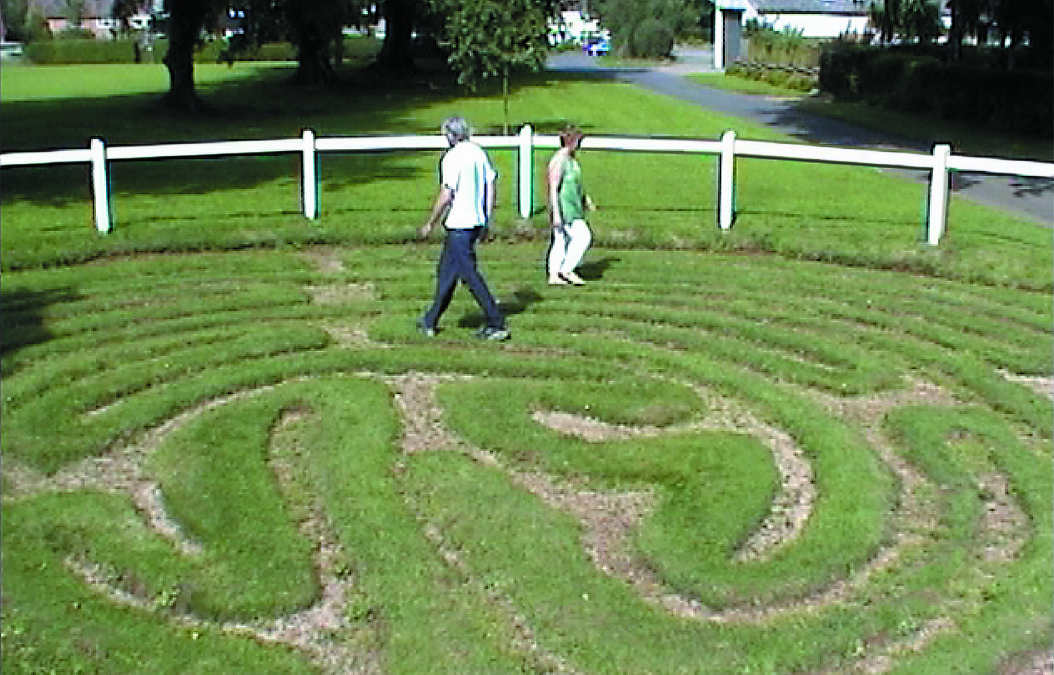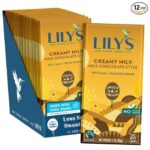Have you ever mapped your sales funnel so that you understand the various journeys that customers take to buy from you? It is enlightening.
Like a road map or a blueprint, the sales funnel show you how customers travels from awareness to interest to desire to action – often call AIDA. These paths can be different for sub-segments of your client base. Large customers may get the senior level attention that very small customers will never receive. But mapping out their process can help you allocate resources.
For the solepreneur who is running a small business, you too need to understand your customer’s journey. You need to have a clear plan that attracts the interest of a prospect as you guide them along as they eventually make a purchase.
AIDA and the Marketing Maze
Whether you sell online products, services or physical goods, you need a clearly defined path to success.
- Awareness: How can you get in front of an audience of people who might be interested in what you sell? You can bring them toward you with content (blogs, videos, eBooks, etc.) that give them a sample of what you know. You can advertise to people who already have a clearly identified interest in a topic (surfing lessons, wine tasting, real estate careers, accounting services). Places like Facebook or LinkedIn are powerful places to find those people. Your ads won’t make a sale. They will point your lead toward along a path to get more information. (lead magnets, free checklists, short video demos, etc.)
- Interest: When you acquire an email address, you can now reach a potential, targeted and interested customer with more information or limited offers to entice them to become part of your community. With email, you can talk directly to them instead of going through another media property or platform. You don’t “own them” because you have their email. You have permission to speak directly to them to engage them. To use a dating metaphor, their email address is like their phone number. You can now communicate with them and ask them out for a date. But don’t try to close the deal too soon – you have to build trust, confidence and respect to earn the right to get to the next step.
- Desire: By putting small, reasonable offers in front of your audience in a direct fashion, you can provide them with solutions to their problems and needs. I want to learn how to bake sourdough bread, I want a backpack that can recharge my iPhone while hiking, I need someone who does my taxes and checks to make sure my prior year returns are correct). Your email list should be built on a very narrow set of interests so that your offers hit the target. You may sell premade templates for Photoshop advanced users. Your products aren’t for everyone – perhaps designers who can save time with templates and who already have the advanced knowledge required. Or, maybe you are teaching a basic photography class for new Dads who want to take great pictures with their smartphone or new DSLR. Desire needs to be focused with precision. If you try and sell me classes in wine appreciation and I don’t drink, what’s the point? Think of a target audience in very narrow segments. 29-35 year old women who want to learn how to cook vegetarian foods.
- Action: When you ring the register and get a sale, it means that someone has walked successfully on your path to your revenue stream. You have sold a customer something of value that meets their need and created an action requiring them to take out a credit card. But this action stage is a beginning to a long-term relationship. You want to bring new and fresh products and services to these customers as you gain trust and earn a reputation as a reliable business. Perhaps after making a few sales to that client, you offer them a discount if they would write a review on Yelp, share a post of Facebook or talk about you in a testimonial. You harness their happiness and success, to get more people like them into the funnel.
Many marketing and sales professionals don’t see a funnel as the right metaphor today. You don’t always enter from one end and come out another like a funnel might suggest. But what does happen is that you do have these landmark signs along different roads. Some signs are gateways where the customer passes through the attention, interest, desire and action signposts. As much as we would like a logical flow, sometimes the pathways are congested and not linear.
Answer These Questions
- Do you have a clear map that outlines your process?
- How are you identifying significant prospect that can help you gain momentum?
- How will you measure your inflow of leads (email addresses) and your method of following through with offers that educate and add value to your prospects life?
- Are you offering real solutions that solve problems or just selling commodities that aren’t purely based on price?
- How can you measure the progress of leads as they travel on their journey toward becoming a customer?
_________________
Would you like to discuss your sales and marketing funnel with an experienced professional? Connect with me here.
Photo: SiGarb creative commons license




